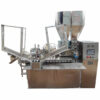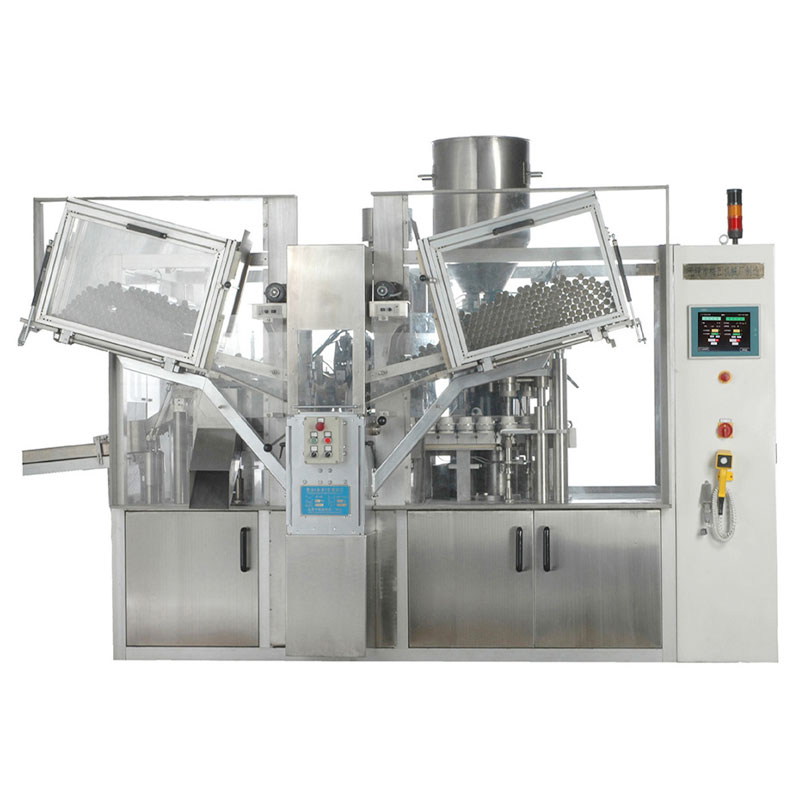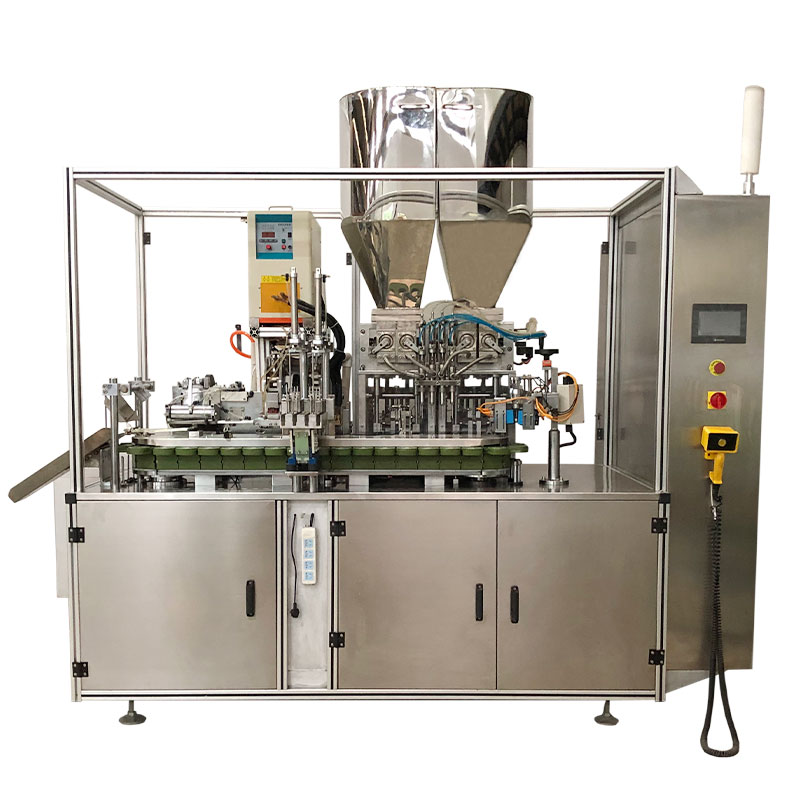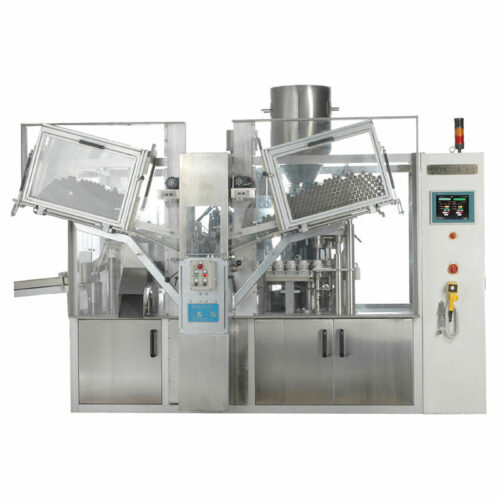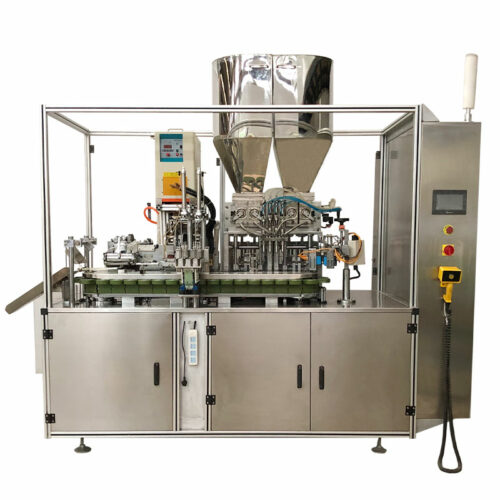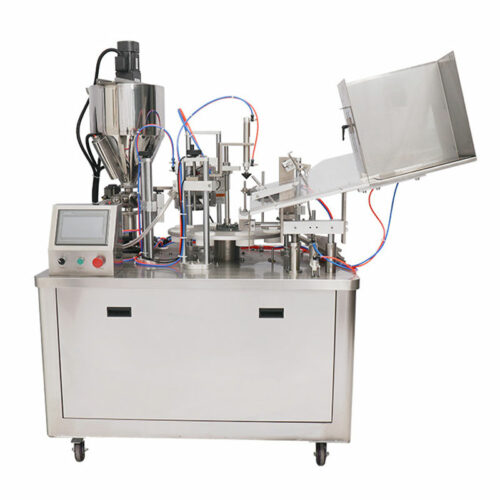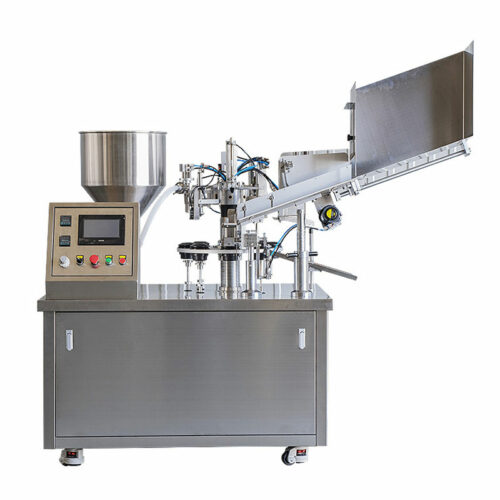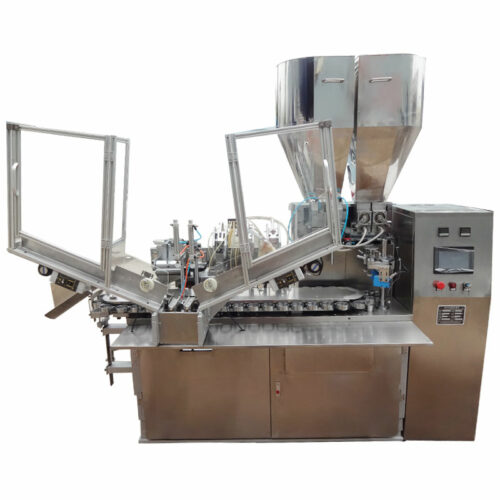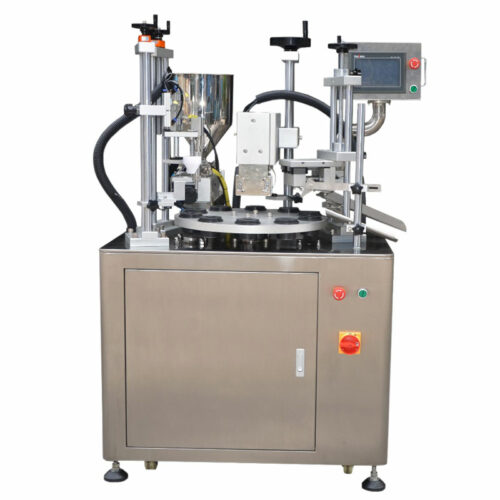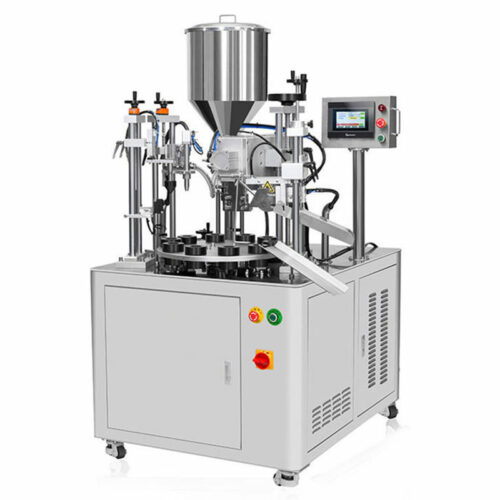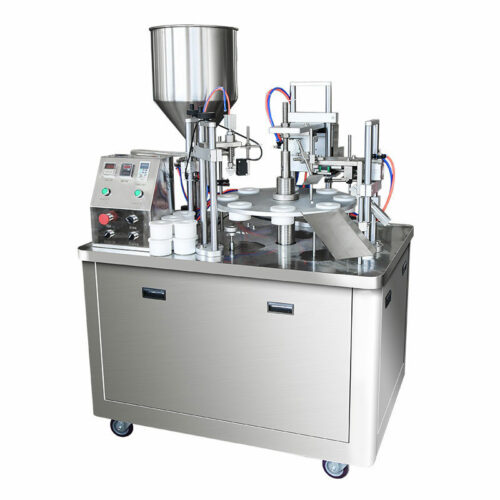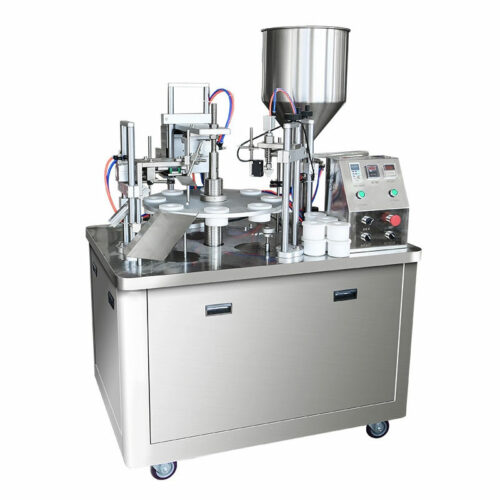DL-GF-160 tube filling sealing machine can fill plastic, laminate and metal tubes with viscous, semi-viscous and liquid products including paste, ointment, lotion, topical, moisturizer, conditioner, cosmetics, toothpaste, shaving cream, and other chemical and foodstuff product. All of our tube fillers include automatic tube loading, orientation, filling and sealing, and coding for plastic tube sizes up to 200 ml.
For high-volume lines filling pharmaceutical, cosmetic or food products into tube containers, high speed and throughput must not come at the compromise of fill accuracy and sealing quality. High performance tube filling machines successfully match performance with quality, using a range of technological advances to ensure the maximum efficiency and rapid ROI.
The tube filling machine will automatically load the tubes from the tube hopper and the photo mark sensor will automatically position the tube. The tube filler and sealer offers quick and easy adjustment, making our tube fillers simple to operate and maintain. Different types of finished seals are available for plastic tubes, such as a curved seal, as well as different punch hole seals.
Features:
- Tube Types: Plastic/Laminated/Metal Tube Filling and Sealing.
- Touch Screen Control Panel + PLC Control System.
- Variable Speed Converter—control production speed.
- Auto tube loading, tube washing, positioning, filling, sealing and ejecting.
- Tube loading and tube washing are done pneumatically. Ruggedly designed, durable, easy to operate, and simple to maintain.
- Multiple product filling available—single/double/triple color!
- No Tube, No Fill — Alarm will go off!
- Bottom-up filling with shut-off nozzle to ensure accurate, clean filling.
- Adjustment and cleaning without the use of tools.
- Safety Production and Overload Protection Features are included.
Here are some key features and components typically found in high-speed tube filling machines:
- Hopper:The machine usually has a hopper for holding the product to be filled. The hopper is often equipped with a feeding system to ensure a continuous and controlled flow of the substance.
- Tube Loading System:Tubes are loaded onto the machine either manually or automatically. Automatic systems may include a rotary table or conveyor system to streamline the process.
- Filling Mechanism:The filling mechanism is responsible for accurately dispensing the product into the tubes. Common filling methods include piston filling, peristaltic pump filling, or auger filling, depending on the type of product being filled.
- Sealing Mechanism: After filling, the tubes need to be sealed to prevent leakage and contamination. Sealing mechanisms can include heat sealing, ultrasonic sealing, or other sealing technologies.
- Coding and Marking: Some machines include systems for coding or marking tubes for batch identification, expiration dates, or other relevant information.
- Tube Orientation System:This system ensures that the tubes are correctly positioned for filling and sealing. It may include sensors or vision systems to detect the tube’s position.
- Control System: The machine is equipped with a control system that manages the various functions of the tube filling process. This can include settings for filling volume, sealing parameters, and overall machine speed.
- Output Conveyor:After filling and sealing, the filled tubes are typically conveyed to the next stage of the production line or packaging process.
- Speed and Throughput:High-speed tube filling machines are designed for rapid and efficient production. The speed is measured in terms of tubes filled per minute.

 Tube Filling Machine
Tube Filling Machine Cartoning Machine
Cartoning Machine Cup Filling Machine
Cup Filling Machine Coffee Capsule Machine
Coffee Capsule Machine Filling Capping Machine
Filling Capping Machine Labeling Machine
Labeling Machine Sachet Packing Machine
Sachet Packing Machine Other Machines
Other Machines